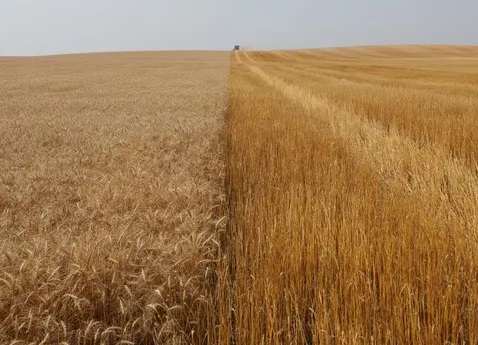Toronto Star – Next to the European Union, Canada is the world‘s second-largest producer of durum wheat, the grain that is used in semolina to make pasta and couscous. But is Canadian wheat as impeccable as we like to believe? Or is its cultivation tainted by the controversial use of the pesticide glyphosate, the active ingredient in Roundup?
That’s what some leading personalities in agribusiness in Italy claim. Are they right? The journalist Marie-Claude Lortie, former columnist at La Presse, now the editor-in-chief of Le Droit, investigated these questions thanks to an award from the Michener Foundation.
GRAGNANO, Italie — If you listen closely, above the sound of car horns and Vespa scooters speeding through the side streets of this city of 36,000 stuck onto Naples, you can almost hear the sound of bronze dies cutting, cutting and cutting some more. Because there are pasta factories everywhere here.
In each of them, water is poured onto semolina and the resulting paste is spread out so it can be pushed through bronze dies to be cut into spaghetti, macaroni, rigatoni and other types of pasta. From there the product is dried and sent out to the global market.
Gragnano, the “city of pasta” as it is known in Italy, has its one PGI — a protected geographic indication, similar to champagne or Camembert cheese in France.




